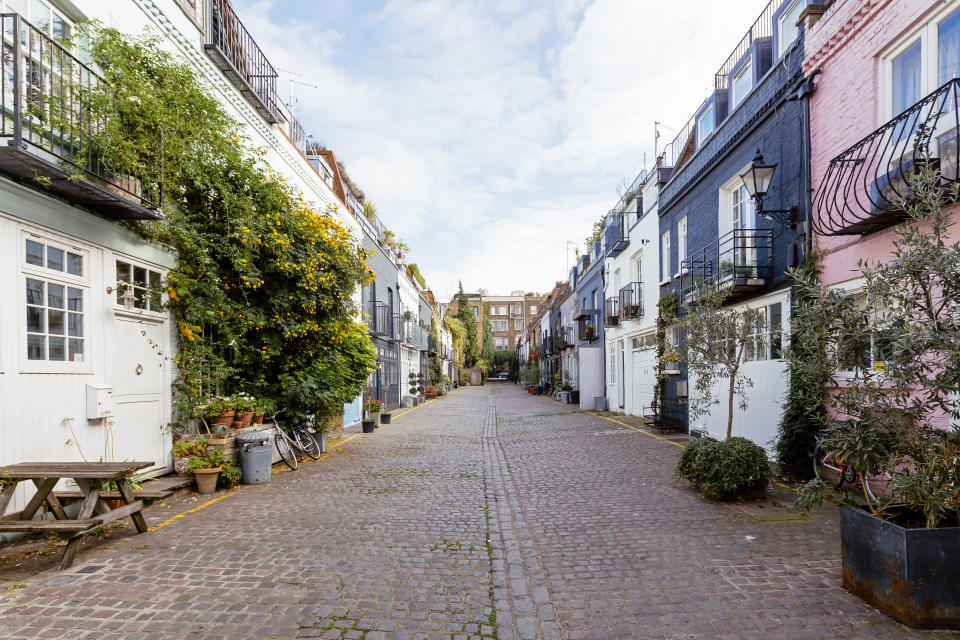7 shocking facts about the housing market

We all know the housing market has problems. But do you know how deep those problems are? Here are seven shocking facts about the housing market.
England has four million fewer homes than it needs
For years now, England has suffered with a housing shortage in many areas. We’re not building enough homes and haven’t been for a long time.
Research commissioned by the National Housing Federation found there was a shortfall of four million homes in England. The report recommended that 340,000 new homes be built a year to not only cope with current demand but to tackle the backlog, too.
Yet in 2017/18, England housing stock increased by just 2%, or 220,000 homes, government data shows. That is still well short of what is needed. The housing shortage deepens with each passing year.
In two decades, house prices have grown 198% on average
The rate of house price growth across the UK dwarfs inflation. Between 1999 and 2019, Land Registry data shows the average UK house price rose from £75,995 to £226,234, or 198%.
If house price growth had tracked the rate of inflation, the average value today would be £129,372 a 70% increase. The undersupply of housing and ease with which people were able to obtain mortgages during the boom years fuelled house price growth.
London rents rose by more than 50% faster than England as a whole
As London’s population grew and its housing supply flatlined, property prices surged in the capital, including rents. Official statistics show the average weekly rent in London was £137 in 1999. Twenty years later, it was £340, a 148% rise. If rents just tracked inflation, the figure would have been £233.
That compares to a 95% rise in the average weekly rent for England as a whole, from £81.59 in 1999 to £159.2 in 2019. Had England’s rents followed inflation, the figure would be £137.89 today.
There are 320,000 homeless people in England—and the situation is getting worse
Analysis of local government data by the housing charity Shelter found that in 2018, 320,000 people were recorded as homeless, up 56% since 2009 amid the shortage of homes and austerity. That amounts to about one in every 200 people being homeless.
"Due to the perfect storm of spiralling rents, welfare cuts and a total lack of social housing, record numbers of people are sleeping out on the streets or stuck in the cramped confines of a hostel room," Polly Neate, CEO of Shelter, said at the time.
Half of England is owned by less than 1% of its population
According to data compiled by Guy Shrubsole for his book "Who Owns England?" around 25,000 landowners own half of the land in England. Those landowners include the aristocracy, wealthy individuals, and corporations.
Broken down, Shrubsole's estimate is that 30% of England is owned by the aristocracy and gentry. A further 18% is owned by corporations, another 17% by oligarchs and financiers, and 17% is unaccounted for. Just 8.5% is owned by the public sector and 5% by ordinary homeowners.
There is £1.44 trillion in mortgage debt outstanding in the UK
Britain’s homeowners are sitting on a mountain of debt. According to the Financial Conduct Authority, at the end of 2018 there was £1.44 trillion in outstanding mortgage debt, up 3.3% over the year.
With interest rates still close to historic lows, the Bank of England has a difficult task ahead. Raise rates too quickly and it could send a painful shockwave through mortgage borrowers, risking another financial crisis.
The home ownership rate for young people has collapsed
Research by the Institute for Fiscal Studies in 2018 exposed the stark collapse in the home ownership rate for young people when compared to previous generations.
The IFS noted that in 1995/96, 65% of those aged 25–34 with incomes in the middle 20% for their age owned their own home. But 20 years later, that figure was 27%.
Why? It’s mostly because house prices have risen at a rate much faster than incomes. Young people struggle hard to get onto the property ladder because the bar is now so much higher than it was before.

 Yahoo Finance
Yahoo Finance 